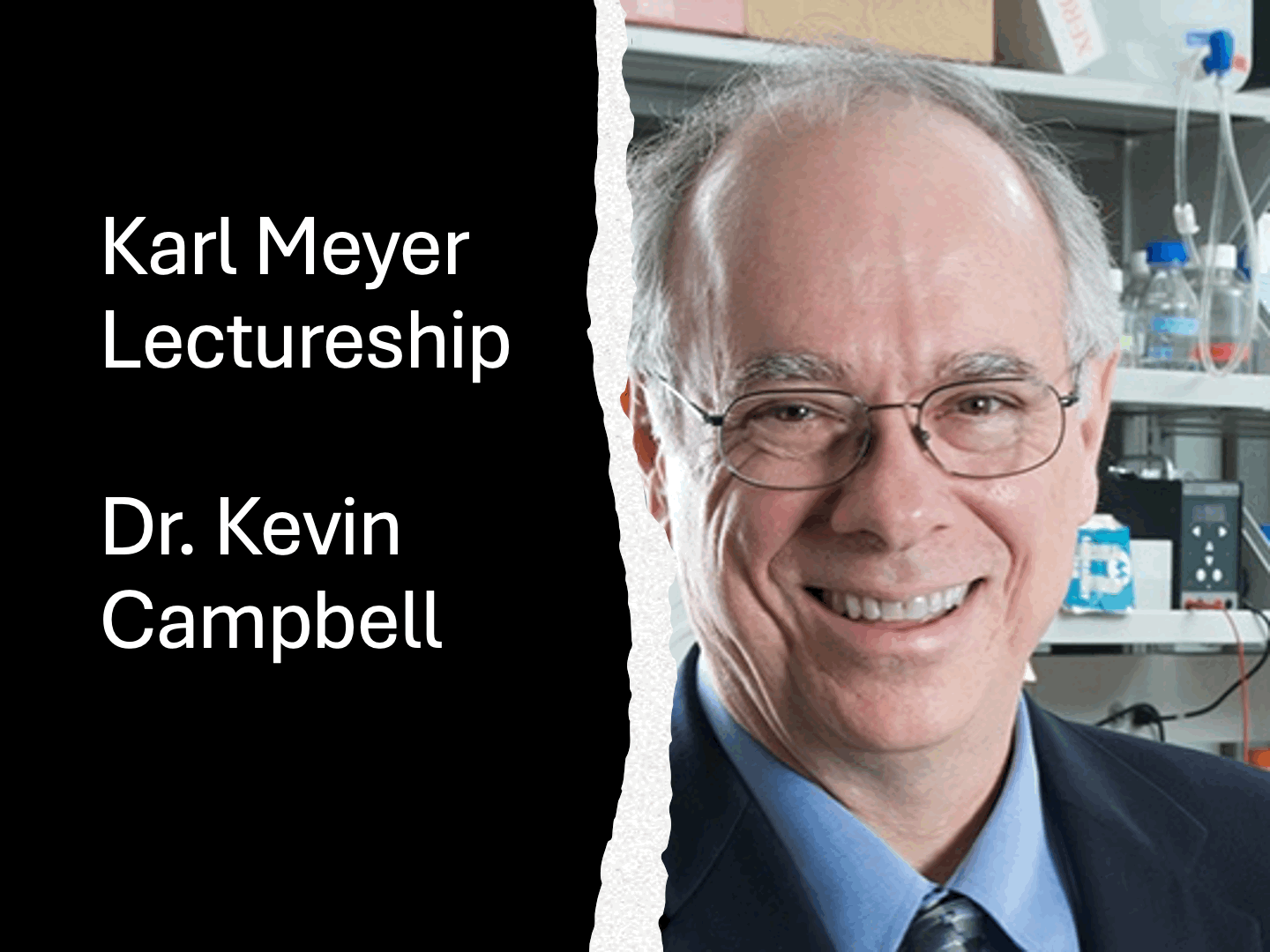1999 Karl Meyer Award Winner

 Stuart Kornfeld, M.D. Stuart Kornfeld, M.D.
Professor, Department of Medicine, Hematology Division, Washington University School of Medicine
Professor, Department of Biochemistry & Molecular Biophysics, Washington University School of Medicine
Clinical interests:
General hematology
Research interests
Intracellular protein trafficking
Lysosomes
Glycoproteins
Research:
We are studying the biochemical and molecular basis for protein trafficking in mammalian cells, focusing on the biogenesis of lysosomes. The targeting of lysosomal enzymes from their site of synthesis in the rough endoplasmic reticulum to their final destination in lysosomes is a multistep process that utilizes a series of recognition signals that must be deciphered by cellular components that mediate the sorting, packaging and transport of the lysosomal enzymes. A key step in this pathway is the selective phosphorylation of mannose residues on the lysosomal enzymes. These residues allow binding to Man-6-P receptors in the Golgi and transport to lysosomes via clathrin-coated vesicles.
The goal of our work is to understand this complex sorting system at the molecular level. Currently we are studying how the enzyme that mediates mannose phosphorylation recognizes lysosomal enzymes as specific substrates and how the Man-6-P receptors bind their ligands, enter clathrin-coated pits, and traffic between various cellular compartments. Recently we discovered that a newly described family of coat proteins termed GGAs bind the acidic cluster/dileucine lysosomal sorting motif on the cytoplasmic tails of the Man-6-P receptors. Our findings indicate that the GGAs function as connectors to transfer the Man-6-P receptors to AP-1 clathrin-coated vesicles.
We have disrupted the genes in mice that encode the two subunits of the enzyme (N-acetylglucosamine-1-phosphotransferase) that generates the Man-6-P recognition marker on lysosomal enzymes as well as two of the three genes that encode the GGAs. These mice are allowing us to dissect the role of each component of this targeting pathway in the intact animal.
A schematic representation of the subcellular localization and trafficking itinerary of the MPRs
Mannose 6-phosphate receptors (MPRs) bind to their cargo (acid hydrolases) in the trans-Golgi network (TGN), and are packaged into transport carriers that deliver the receptor with its bound ligand to early endosomes (EE). The low pH within the endosomes facilitates the dissociation of the acid hydrolases from the MPRs. Dynamic fusion/fission between the late endosomal and lysosomal compartments results in selective delivery of the hydrolases to the lysosome (L) (the 'kiss-and-run' theory77). TIP47/Rab9 prevent the MPRs from reaching the lysosomes, in which they would otherwise be degraded. The return pathway from the early endosomal compartment to the Golgi is probably mediated by PACS-1-assisted packaging into AP1-containing clathrin-coated vesicles (CCVs), whereas that from the late endosomal (LE) compartments is mediated by TIP47 and Rab9. Some of the MPRs go to the cell surface either from early or late endosomes through the recycling endosome (RE), or from proximal TGN cisternae as a consequence of mis-sorting. The cell-surface receptors are internalized in AP2 CCVs and delivered back to the endosomes.
|


 Stuart Kornfeld, M.D.
Stuart Kornfeld, M.D.